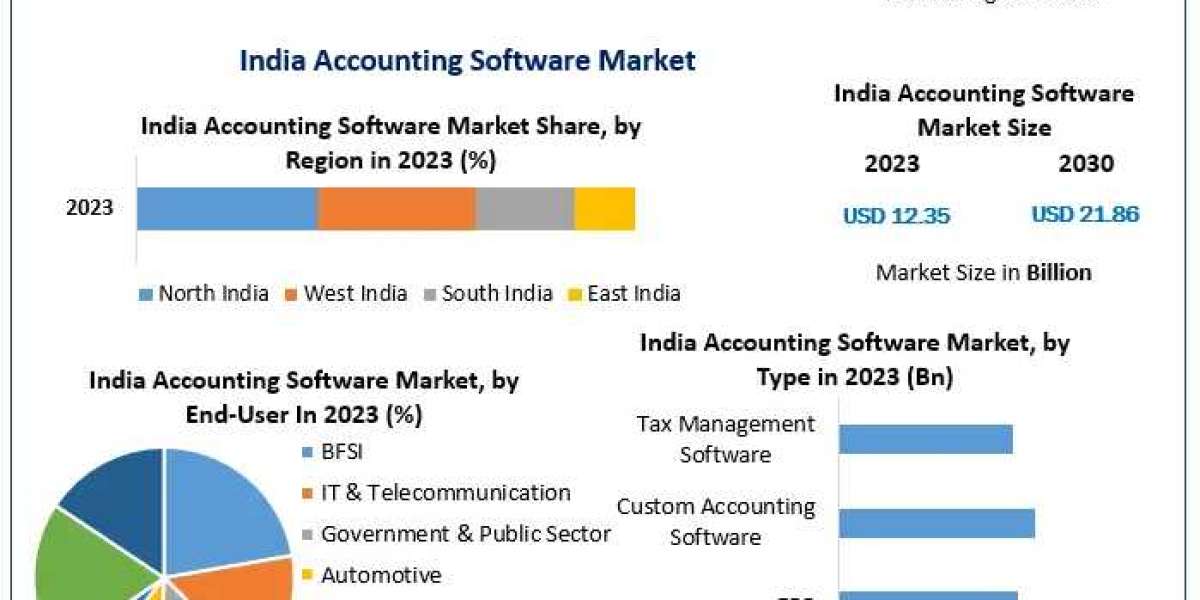Fluid control is a critical aspect of many industrial and commercial processes, and the choice of valves plays a pivotal role in ensuring efficiency and reliability. Two key components in this realm are the PN25 ball valve and the check valve with a stainless steel spring. Let's delve into the importance and applications of these valves in fluid control systems.
PN25 Ball Valve: Precision and Durability in Fluid Control
The PN25 Ball Valve is a high-performance valve that excels in controlling the flow of various fluids, including liquids and gases. The "PN" in its name stands for "Pressure Nominal," indicating the pressure rating it can handle. A PN25 ball valve is designed to withstand pressures up to 25 bars, making it ideal for applications where pressure control is paramount. Here's why these valves are indispensable:
- Robust Construction: PN25 ball valves are typically constructed from high-quality materials such as stainless steel, brass, or other corrosion-resistant alloys. This robust construction ensures their durability and longevity, even in challenging environments.
- Precise Flow Control: The design of the ball valve allows for precise flow control. With a quarter-turn of the handle, the flow can be easily and accurately adjusted, making these valves ideal for applications that require rapid and precise control over the fluid flow.
- Versatile Applications: PN25 ball valves are versatile and find applications in various industries, including oil and gas, water treatment, chemical processing, and HVAC systems. Their ability to handle a wide range of fluids and pressures makes them suitable for diverse settings.
- Secure Sealing: These valves provide a secure seal when closed, preventing leakage and ensuring the integrity of the system. This sealing ability is critical in applications where fluid containment is vital.
Check Valve with Stainless steel Spring: Ensuring Unidirectional Flow
Check valves, often equipped with stainless steel springs, are crucial components in fluid control systems where unidirectional flow is essential. These valves allow fluid to flow in one direction while preventing backflow. The stainless steel spring inside the valve plays a key role in this process. Let's explore their significance:
- Backflow Prevention: Check valves equipped with stainless steel springs ensure that fluids flow in one direction only. This feature is vital in applications where backflow could contaminate or damage the system.
- Stainless Steel Durability: Stainless steel springs are corrosion-resistant and can withstand the harshest conditions. This resilience ensures the longevity of the check valve, even in corrosive environments.
- Varied Applications: Check valves with stainless steel springs are used in a wide range of applications, including water supply systems, sewage treatment plants, irrigation systems, and industrial processes. Their ability to maintain flow direction is crucial for efficient and reliable operations.
- Simple and Effective Design: These valves operate passively and do not require external power sources. The spring-loaded design allows them to automatically open and close based on fluid pressure differentials, providing a straightforward and effective solution for unidirectional flow control.
In conclusion, the PN25 ball valve and the check valve with a stainless steel spring are integral components in fluid control systems across various industries. The PN25 ball valve provides precision, durability, and versatile flow control, while check valves with stainless steel springs ensure unidirectional flow and backflow prevention. Together, these valves contribute to the efficient and reliable management of fluids in industrial, commercial, and residential settings, underpinning the success of countless processes and systems.
